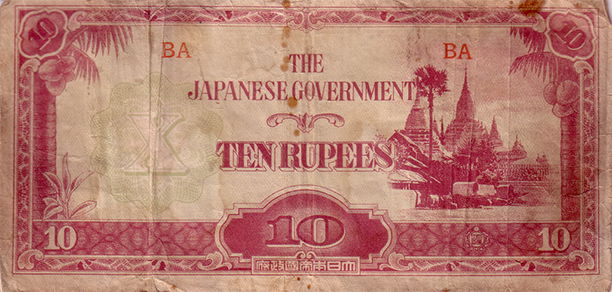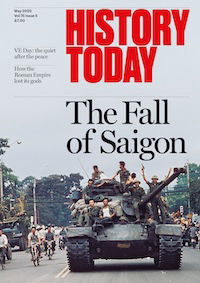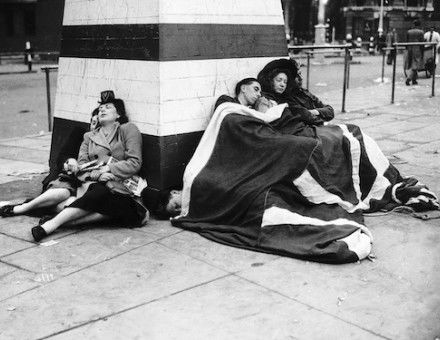Burma: Clean Money
Marilyn V. Longmuir looks at the historical background to the Burmese obsession with pristine bank notes.
 A sentence from the broadcaster CNN’s latest travel advice for tourists visiting Myanmar may cause puzzlement to those new to the Golden Land: ‘You’ll need plenty of cash (preferably US dollars) – and make sure it’s clean.’ It continues: ‘That means no creases, stains, marks or tears. A note that’s folded or even a little worn is worthless in Myanmar.’
A sentence from the broadcaster CNN’s latest travel advice for tourists visiting Myanmar may cause puzzlement to those new to the Golden Land: ‘You’ll need plenty of cash (preferably US dollars) – and make sure it’s clean.’ It continues: ‘That means no creases, stains, marks or tears. A note that’s folded or even a little worn is worthless in Myanmar.’
Wise travellers take note of some further advice: that more favourable rates are available for higher denomination ‘squeaky clean’ notes.
The stark preference for clean bank notes originated with a custom dating back to the earliest days of banking in British Burma, when paper money was first introduced in the 1880s. Local banks were quite prepared to accept dirty notes from depositors, but only mint-clean bank notes were ever paid out to their customers. This ritual remained commonplace in Burma prior to the Second World War, when the country was a British possession, and its effects are still tangible today.
For most of its history Burma had a barter economy and, though King Bodawpaya (r.1782-1819) tried to issue coinage, it was not until the rule of Mindon Min (r.1853-78) that its use became common. No notes were issued, only coin.
The world’s first paper money was introduced in Tang Dynasty China during the seventh century, though it was not until the 11th century, under the Song Dynasty, that the use of paper money became widespread, filtering through to other Asian countries, though not to Burma.
When the British first took possession of Burma in the 19th century, following three Anglo-Burmese wars, they gradually introduced coin, first in Arakan, in the west of the country, then the southern region of Tenasserim in 1835. Lower Burma’s turn came in 1852 and finally, in 1886, coin made it to Upper Burma, after the conclusion of the Third Anglo-Burmese War.
The deposed King Thibaw (r.1878-85) was exiled to India by the British and Burma became a province of British India, whose currency Burma adopted, with the government of India printing bank notes as well as minting coin for both countries.
This is when the custom of only accepting pristine notes became commonplace.
In 1935 the Reserve Bank of India (RBI) took over the printing of notes, though the Indian government continued to mint the coin. All was to change on April 1st, 1937 when the Government of India Act of 1935 came into effect and Burma was separated from India and placed directly under the control of the British government. The RBI was still to manage Burma’s currency and banking and Burma would continue to use Indian coin, but separate Burma bank notes were to be issued.
Not all Burmese preferred paper money: those who lived in the countryside and the mountainous areas, such as the Kachin, Chin and Karen people, though they used notes, felt more comfortable with coinage. However business people in the cities and large towns retained the obsession with notes and the government maintained currency chests at sub-divisional offices throughout the country.
At the time of the Japanese invasion of Burma, which began on December 15th, 1941, there were four kinds of legal tender circulating in Burma, plus the coin. By 1943 British intelligence became aware that the Japanese administration had driven coinage underground. They did this by recalling all small coin, the annas and the pice, replacing them with Japanese occupation cent notes, which the likes of the Karen mistrusted. When Major Hugh Seagrim, fighting alongside indigenous supporters in the Karen Hills, sought financial help, he requested ‘3,000 rupees, silver’ to be sent to his Burmese allies.
Meanwhile the British had decided to forge the crude Japanese military scrip and supply it to their agents. The scheme developed under the codename of Grenville and the notes were denominated in rupees and dollars for use in Burma and Malaya. The idea was that of J.A.T. Galvin, a member of the Special Operations Executive (SOE) based in the Chinese city of Chungking. Mint specimens of the Japanese currency were found and forgeries were printed in England. To make them less conspicuous – or so the British thought – the SOE aged the notes by soaking them in weak tea. The forgeries were then folded and crinkled and dirt was rubbed in. One Allied group ventured into Burma with genuine Burmese and rupee notes, plus 20 sovereigns and 15,000 Grenville, but even the hill tribes were only prepared to accept the Grenville if they were in mint condition. Surprisingly, no one had warned the SOE of the Burmese obsession with mint clean notes.




